Did CITES deliver for wildlife?
Our Head of Policy, Dr Mark Jones, reports on a major wildlife trade conference in Panama, where Born Free fought to protect wild animals, with our colleagues at Species Survival Network.
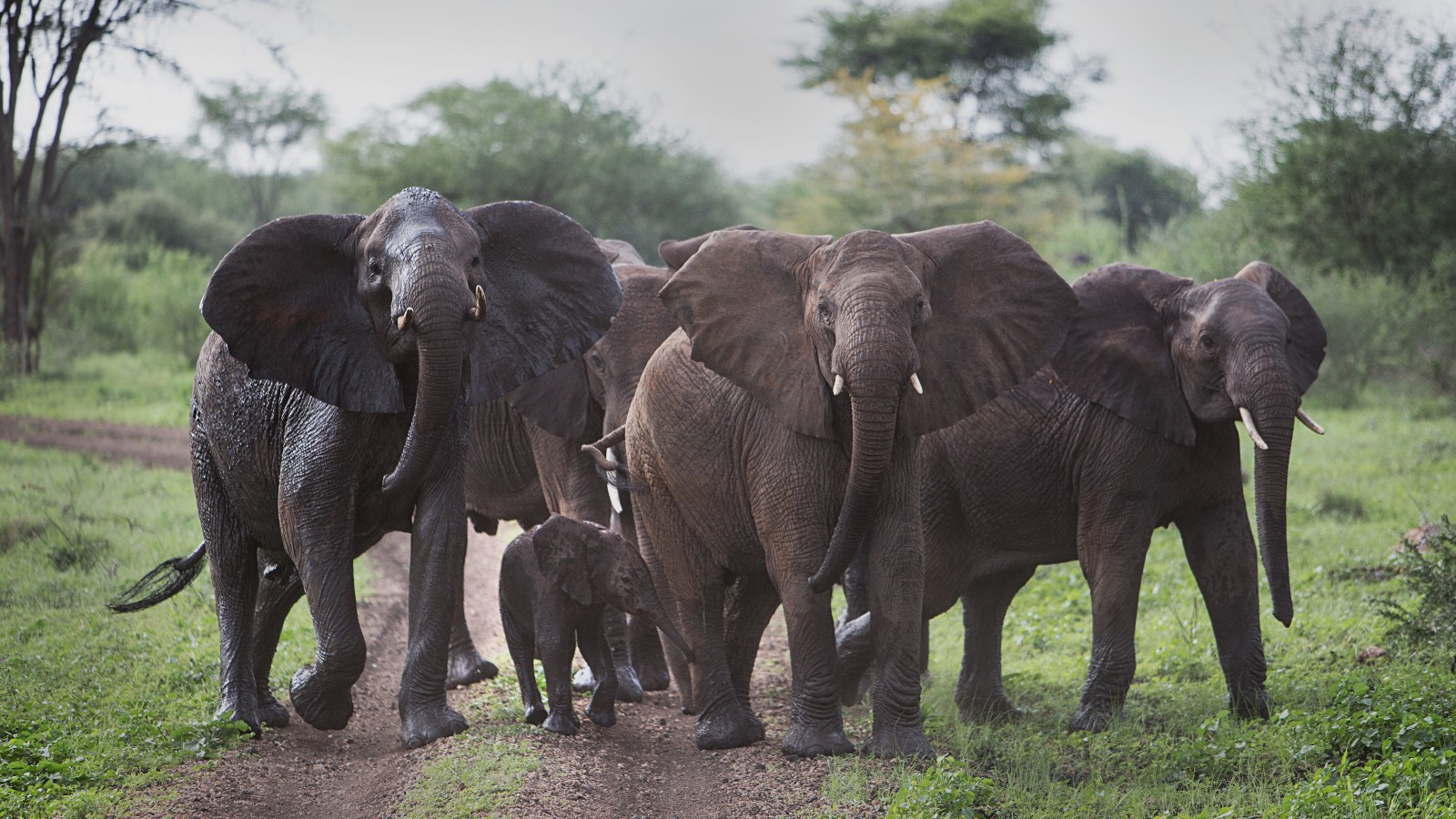
 With the world’s wildlife in serious crisis, in no small part because of the massive global demand for wild animals, plants and parts and products derived from them, this year’s triennial meeting of CITES, the world’s wildlife trade regulator, took on great importance. Sandwiched between the 27th Climate COP in Egypt, and the upcoming meeting of the Convention on Biological Diversity which will take place in Montreal in December, expectations of the CITES meeting have arguably never been so high.
With the world’s wildlife in serious crisis, in no small part because of the massive global demand for wild animals, plants and parts and products derived from them, this year’s triennial meeting of CITES, the world’s wildlife trade regulator, took on great importance. Sandwiched between the 27th Climate COP in Egypt, and the upcoming meeting of the Convention on Biological Diversity which will take place in Montreal in December, expectations of the CITES meeting have arguably never been so high.
So did the 145 governments (Parties) that were represented and accredited at the meeting deliver for wildlife? Was CITES brave? Did it step up for beleaguered wild animal and plants, as Born Free had called for?
The delegates at CoP19 were asked to consider a daunting agenda with 52 proposals to introduce or change the protection afforded to a large number of species through their listing on the CITES Appendices.
In addition, around 150 documents were considered relating to administrative and strategic matters, implementation, compliance, enforcement, and species-specific trade-related issues.
“Much was achieved for wildlife at the CoP19 meeting. But more still needs to be done”.
Good news for reptiles, amphibians, songbirds, sharks and trees
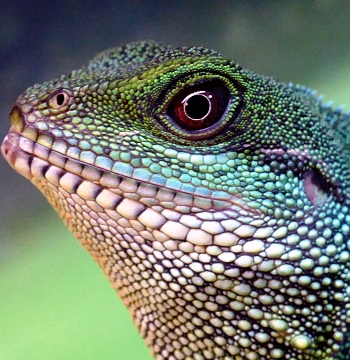 A raft of reptile and amphibian species, whose populations are being devastated by demand for exotic pets and other products, were listed in Appendix II for the first time, bringing greater scrutiny and oversight to ensure international trade is legal and sustainable. These included all glass frog species from Central and South America, many of which are impossible for enforcement officials to tell apart. Various North American map, snapping, musk and softshell turtles, Indian matamata and softshell turtles, wood and musk turtles from Latin America, Chinese water dragons, horned lizards and a number of gecko species were also included on Appendix II and will therefore be subject to trade regulations. Some reptile species, including the critically endangered Indochinese box turtle, had their listing upgraded to Appendix I, prohibiting commercial cross-border trade altogether.
A raft of reptile and amphibian species, whose populations are being devastated by demand for exotic pets and other products, were listed in Appendix II for the first time, bringing greater scrutiny and oversight to ensure international trade is legal and sustainable. These included all glass frog species from Central and South America, many of which are impossible for enforcement officials to tell apart. Various North American map, snapping, musk and softshell turtles, Indian matamata and softshell turtles, wood and musk turtles from Latin America, Chinese water dragons, horned lizards and a number of gecko species were also included on Appendix II and will therefore be subject to trade regulations. Some reptile species, including the critically endangered Indochinese box turtle, had their listing upgraded to Appendix I, prohibiting commercial cross-border trade altogether.
The extension of CITES protections to beleaguered shark and ray species continued, with the adoption of proposals to list all requiem, bonnethead and hammerhead sharks, freshwater stingrays and guitarfishes on Appendix II. Continuing the marine theme, sea cucumbers, which are threatened by demand for their meat which is considered a delicacy in many parts of the world, were also included on Appendix II.
Importantly, several overexploited tree species had their protection against the impacts of the timber trade upgraded, including Latin American trumpet trees, African mahoganies, African and Indian rosewoods, Brazilwood, and 14 species of Tonka Bean trees from Central and South America.
Two species of Asian songbird, much prized in the cage bird trade, were also given greater protection.
Mixed outcomes for mammals
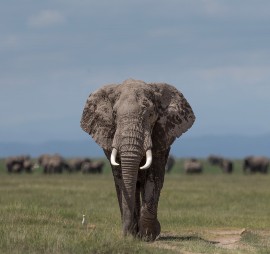 For mammal species, the outcomes were mixed. Efforts to increase trade restrictions on southern Africa’s elephants by returning the populations of Namibia, Botswana, South Africa and Zimbabwe to Appendix I did not achieve the necessary support, although Zimbabwe’s proposal to open up commercial trade in leather products was defeated. A proposal that should have finally brought an end to the tragic and extremely damaging trade in live wild-caught African elephants to zoos was rejected, although Parties will be expected to respect a moratorium on any further such exports while the debate over whether such trade should be banned in the long term continues.
For mammal species, the outcomes were mixed. Efforts to increase trade restrictions on southern Africa’s elephants by returning the populations of Namibia, Botswana, South Africa and Zimbabwe to Appendix I did not achieve the necessary support, although Zimbabwe’s proposal to open up commercial trade in leather products was defeated. A proposal that should have finally brought an end to the tragic and extremely damaging trade in live wild-caught African elephants to zoos was rejected, although Parties will be expected to respect a moratorium on any further such exports while the debate over whether such trade should be banned in the long term continues.
Namibia’s white rhinos were downgraded from Appendix I to Appendix II, albeit exclusively to allow trade in live animals for field conservation programmes. However, in better news an attempt by Eswatini to allow it to trade on rhino horn was heavily defeated.
Sadly, a proposal to increase protection for hippos, whose ivory is in increasing demand, failed to secure sufficient support. Surprisingly the European Union’s 27 Member States, who so often claim to be at the forefront of efforts to protect wildlife, voted against increasing protections for this important and fast-disappearing species from international trade.
Incidents involving the illegal capture of and trade in cheetah cubs between East Africa and the Middle East have continued since the last CITES CoP three years ago, and this trafficking continues to be a major conservation threat to cheetahs across their range, mainly for the Horn of Africa subspecies. A substantial but at times tense debate concluded with measures being agreed which should see an improved focus of ending the illegal trade in cheetah cubs in range, transit and destination counties. These included the review of relevant national legislation and improving efforts to address online trafficking in cheetah.
Since the previous CITES meeting in 2019, the trafficking of pangolins has not lessened. In 2021 alone, at least 23.5 tonnes of pangolins and their parts were trafficked globally, and the status of most populations is declining or unknown. When it comes to destination countries for pangolins, legal but poorly regulated domestic markets continue to stimulate demand and incentivise further poaching, in spite of the ban on international trade in pangolin products introduced in 2017. Further measures adopted in Panama to try to curb this devastating trade included a recommendation for countries to ‘take all necessary legislative, regulatory and enforcement measures to close their domestic markets for commercial trade’, and to fully address the management of and accountability for pangolin stockpiles so as to reduce the laundering of illegally acquired pangolin scales into legal or unregulated trade at national level.
Some progress on live trade
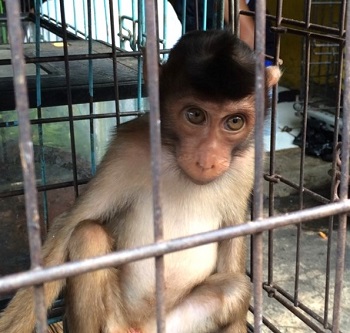 Over the past decade, over 20 million CITES-listed animals have been traded live between countries, according to CITES’ own trade database. While listing species on the CITES Appendices means that international trade in those species is regulated, it doesn’t, in and of itself, guarantee the conditions those animals experience, which can often be horrendous. While wishing to see an end to the trade in live wild animals, Born Free has been advocating for much stricter rules and guidelines to cover how such trade is conducted, and some important steps forward were made at CoP19 on captive breeding, live animal transport, what constitutes a suitably equipped destination for a live animal, and how confiscated live animals are handled and managed by enforcement authorities.
Over the past decade, over 20 million CITES-listed animals have been traded live between countries, according to CITES’ own trade database. While listing species on the CITES Appendices means that international trade in those species is regulated, it doesn’t, in and of itself, guarantee the conditions those animals experience, which can often be horrendous. While wishing to see an end to the trade in live wild animals, Born Free has been advocating for much stricter rules and guidelines to cover how such trade is conducted, and some important steps forward were made at CoP19 on captive breeding, live animal transport, what constitutes a suitably equipped destination for a live animal, and how confiscated live animals are handled and managed by enforcement authorities.
At the meeting, Born Free co-sponsored and took part in two side events to raise awareness of the trade in live animals – one on the international trade in exotic pets, and another on long-tailed macaques which are captured, bred and traded in massive numbers for biomedical research and toxicology testing, while their wild populations dwindle. The latter proved timely since during the meeting, the news emerged that the United States had indicted several Cambodian nationals, including two government officials who were due to attend the CITES meeting, for laundering wild-caught long-tailed macaques into trade.
A recognition of pandemic risks
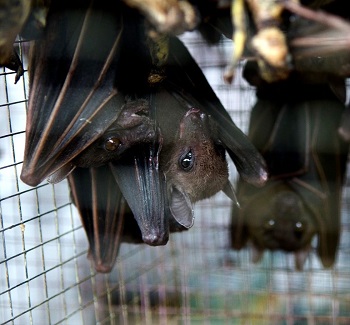 The risk of new viruses and other pathogens emerging from traded wildlife is high, particularly when animals are traded live. Some of these pathogens could have the ability to spill over into people, and as Covid-19 has taught us the consequences can be absolutely disastrous. So, the eyes of the world were on Panama to see just what CITES Parties would do to reduce these risks.
The risk of new viruses and other pathogens emerging from traded wildlife is high, particularly when animals are traded live. Some of these pathogens could have the ability to spill over into people, and as Covid-19 has taught us the consequences can be absolutely disastrous. So, the eyes of the world were on Panama to see just what CITES Parties would do to reduce these risks.
A strong Resolution submitted by seven west and central African countries that would have created an expert CITES body to advise governments and compelled national CITES authorities to develop Action Plans to reduce such risks was not adopted by the meeting. However, a set of decisions was agreed that should see national CITES authorities working far more closely with those responsible for animal and public health to develop and implement strategies to ensure the trade in live animals subject to CITES regulations is conducted in a way that reduces zoonotic pathogen risk, by ensuring such animals are properly cared for in captive breeding and ranching establishments and along trade chains.
Is CITES enough?
Much was achieved for wildlife at the CITES meeting in Panama. The new and strengthened species listings will bring increased scrutiny to the trade in many declining species and put pressure on governments to ensure any trade is legal and sustainable. The progress made on many other wildlife trade issues is welcome, especially the actions to improve the conditions in which live animals are traded, and the moratorium on the trade in live wild-caught African elephants.
However, the measures emerging from Panama won’t solve the crisis facing wildlife, nor will they ensure that the risks of future pandemics from traded wild animals are eliminated. For a start, CITES only regulates the international trade a tiny proportion of wildlife species, and many traded species fall through the net. In addition, a CITES listing is only the first step in protecting a species from international trade, and the capacity of many countries to put in place the necessary checks and balances in order to actually implement a listing can be woefully poor. Therefore, while expanding the number of species protected under CITES is important, simultaneous consideration must be given to the capacity of affected countries to implement a listing. Across the board, a long-term view needs to be applied so that mechanisms which lead to sustained capacity are put in place wherever needed.
Also, as is always the case with international agreements between governments, too many compromises had to be made and too much was watered down through the negotiating process. Worryingly the European Union, which votes as a block at CITES meetings and therefore carries a great deal of weight,in some cases failed to provide strong support to those countries that were proposing protections for their own indigenous species, and the spectre of economic considerations becoming more influential in the CITES process looms ever larger.
In the final analysis, while CITES is a vitally important treaty which has undoubtedly done much for wildlife, it cannot solve the biodiversity crisis on its own. While international trade can be a very significant threat to a species, many ecosystems are under siege for a range of reasons. Habitat loss and impoverishment, climate change and increasing contact between wildlife and people will continue to prove critical and need to be addressed. For that we need to look beyond CITES to other international and national mechanisms.
We need to ensure that institutions and government departments stop working in silos and engage in constructive collaboration with each other, as well as experts and civil society. We need to recognise the risks that wildlife trade, both legal and illegal, poses to nature, climate, and animal and human health and well-being. We need to finally incorporate the true value of wildlife into our thinking and stop viewing it as a commodity to be exploited for commercial gain. We need bold and decisive action that will protect wildlife populations, their habitats, the welfare of wild animals, and the ecosystems of which they form a vital part.
Born Free will continue to work tirelessly towards this goal.
CoP19 Week One round-up
Images: © georgelogan.co.uk / © Wolf Clifton: Animal People, Inc (Flickr cc) / © Dr. Jan Schmidt-Burbach
